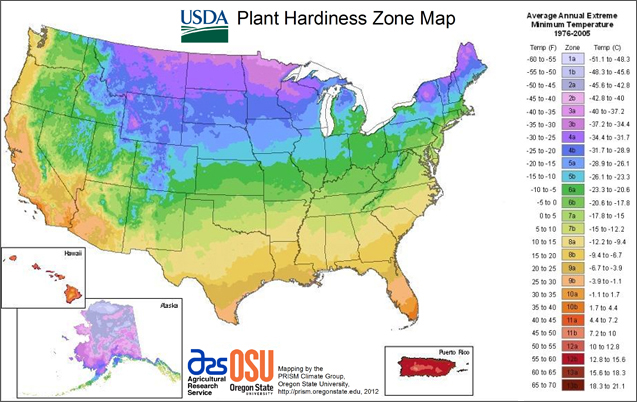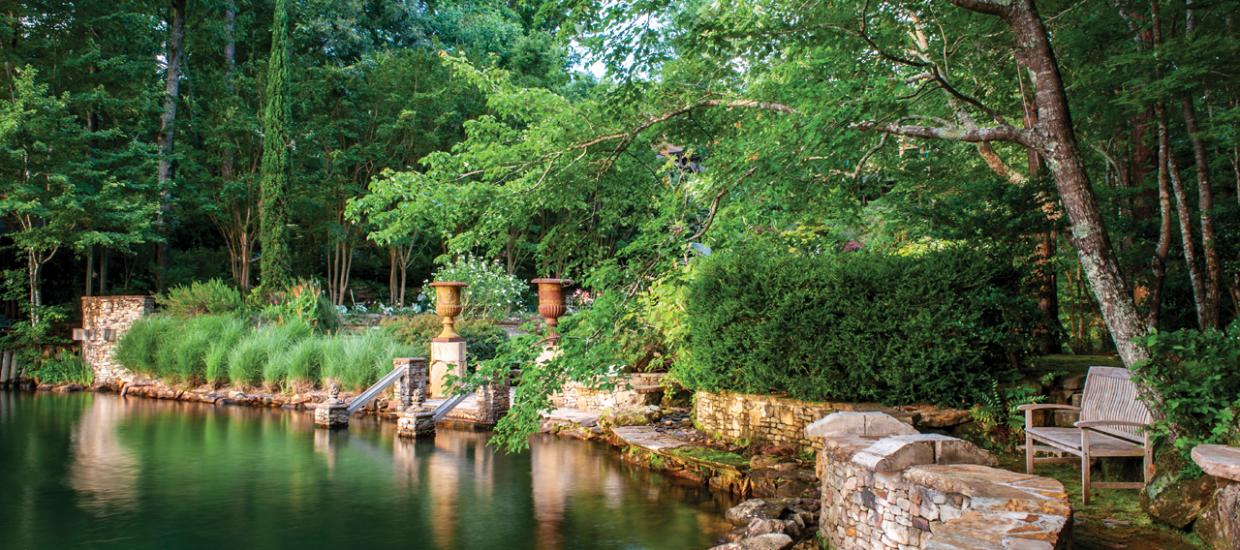If you have a garden at your lake house, you’ll know that there are several important factors to consider when planting something new. First and foremost, plants have certain temperatures that cause them to thrive and others that cause them to wither. For example, you might find palm trees near a lake in Florida — these plants flourish in warm climates, but they would not withstand northern winters. To determine how to plant by certain climates, gardeners rely on the Plant Hardiness Zones as their foundation.

Based on the average annual minimum temperature, there are nine different zones in the United States. Each zone is an average of 10 degrees Fahrenheit difference than the previous one. For instance, Alabama lies in Zone 8, where the temperature can drop as low as 10 to 20 degrees in extreme conditions. By contrast, parts of Minnesota and Nebraska are in Zone 3, where the coldest winters can hit -30 to -40 degrees. While the Plant Hardiness Zones do not tell the whole story of a climate, they do serve as an important tool for both seasoned and newbie gardeners. The Zones are so integral that they deserve a three-article series from Lake Homes.
First, we’ll be taking a look at the warmer climates in Zones 7-9.
Continue reading “A Guide to Plant Hardiness at Your Lake Home: Zones 7-9”
